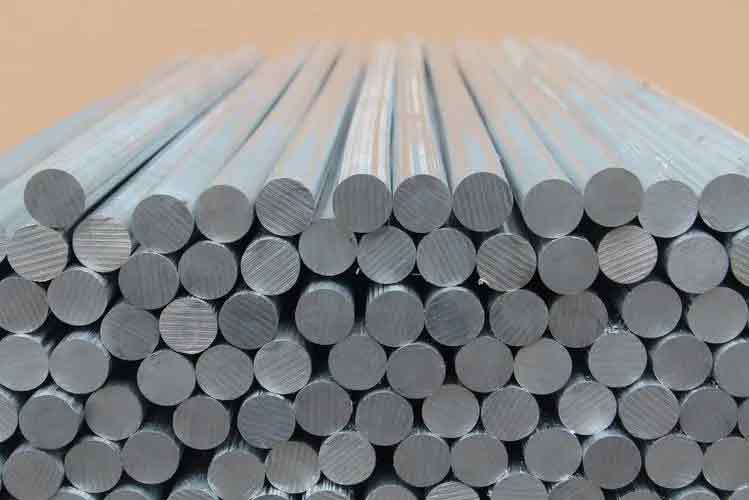What is zinc, where can zinc be used, and how is zinc metal synthesized? Let the editor walk into metal zinc with you with these questions:
Zinc is a chemical element, its chemical symbol is Zn, its atomic number is 30, and it is located in the 4th period and group IIB in the periodic table of chemical elements.

Zinc (Zinc) is a light gray transition metal and the fourth most "common" metal. In modern industry, zinc is irreplaceable in battery manufacturing and is a very important metal. In addition, zinc is also one of the essential trace elements for the human body and plays an extremely important role.

Zinc is difficult to burn in air and emits a strong white light in oxygen. There is a layer of zinc oxide on the surface of zinc, which emits white smoke when burning. The main component of white smoke is zinc oxide, which not only blocks zinc from burning, but also reflects the flame color to form a pale light.
Zinc is easily soluble in acid, and it is also easy to displace gold, silver, copper, etc. from the solution. The melting point of the zinc oxide film is high, but the melting point of the metal zinc is very low, so when the zinc flakes are heated on the alcohol lamp, the zinc flakes melt and become soft, but do not fall down, precisely because of the effect of the oxide film. Zinc is mainly used in steel, metallurgy, machinery, electrical, chemical, light industry, military and pharmaceutical fields.
The Synthesis Method of Zinc:
1. Under vacuum, 360g of metallic zinc was slowly added to 3340ml of 15% sulfuric acid solution, and heated to 70°C for reaction.
When H2 no longer overflows, dilute with 1200ml of water to prepare zinc sulfate solution, take out 50ml, and use the rest for later use.
4g of sodium carbonate was added to 50 ml of the diluted solution, and the precipitated zinc carbonate precipitate was washed three times with water (300 ml each time) for use.
Dissolve 7.5g of ferrous sulfate heptahydrate in 500ml of water, acidify with 1ml of high-grade pure sulfuric acid, heat, and add 30% hydrogen peroxide dropwise to convert all Fe2+ ions in the solution into Fe3+ ions.
Add the prepared ferric sulfate solution to the above-mentioned spare zinc sulfate solution, and add the prepared zinc carbonate to precipitate under stirring, then heat to 30-40ºC under rapid stirring, let it stand, and after the solution is clarified, filter【 Remove the Fe(OH)3 precipitation adsorbed with As, P, Sb and other impurities].
The filtrate is electrolyzed and the pH is adjusted to make the Congo red slightly blue. In electrolysis, high-grade pure or zinc flakes are used as the cathode, industrial zinc is used as the anode, the distance between the two poles is 2-3cm, the voltage between the two poles is 6V, and the current density depends on the temperature of the electrolyte. After precipitating 200 g of zinc, the electrolyte must be treated with iron sulfate and zinc carbonate again as described above.
2. Preparation of zinc is made by smelting sphalerite ZnS as the main raw material. In industry, ZnS is usually oxidized and calcined into oxides with good reactivity. Zinc is then obtained by thermal reduction and electrolysis. The charge made of zinc calcined block and coal powder is put into a zinc smelting furnace at 1300-1350°C for reaction, and the metal zinc vapor generated by the reduction reaction is passed into a zinc condenser through a conduit to capture metal zinc. The metal zinc obtained by this method has a high impurity content, and vacuum distillation is required to obtain purer zinc.
3. Dissolve the zinc oxide in the roasting material with sulfuric acid, remove iron by oxidation, replace with zinc powder to remove impurities such as cobalt, copper, nickel, etc., and place it in an electrolytic cell, with lead as the anode and aluminum plate as the cathode. During electrolysis, metallic zinc is deposited on the aluminum sheet, which is peeled off to become the product. The purity of metal zinc produced by electrolysis can reach 99.99%.